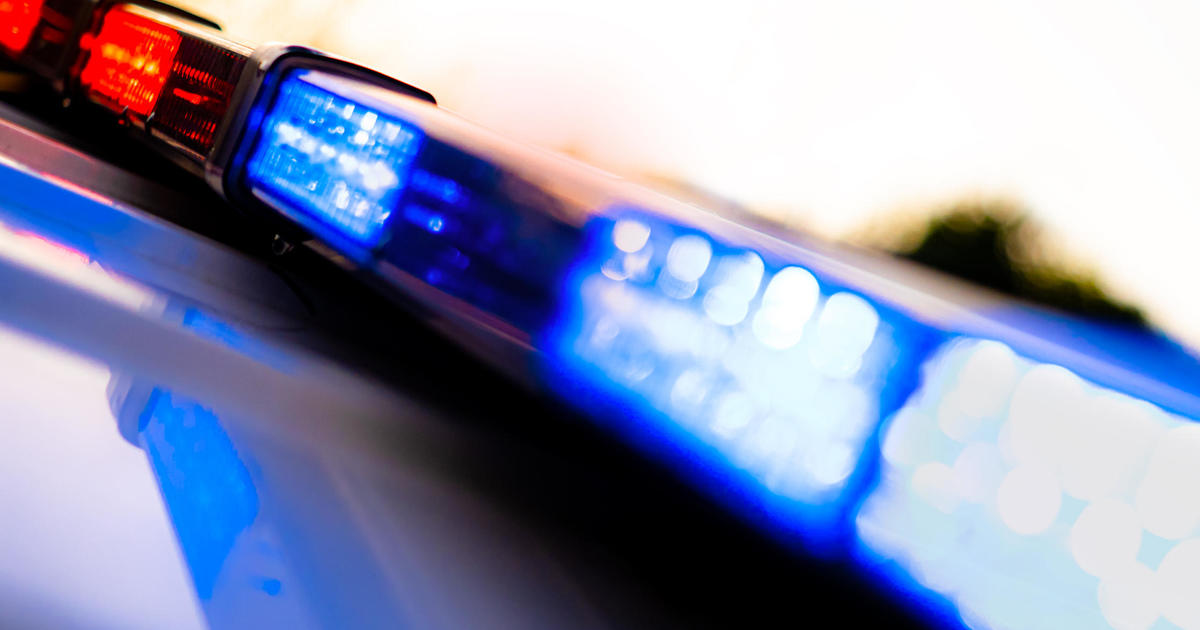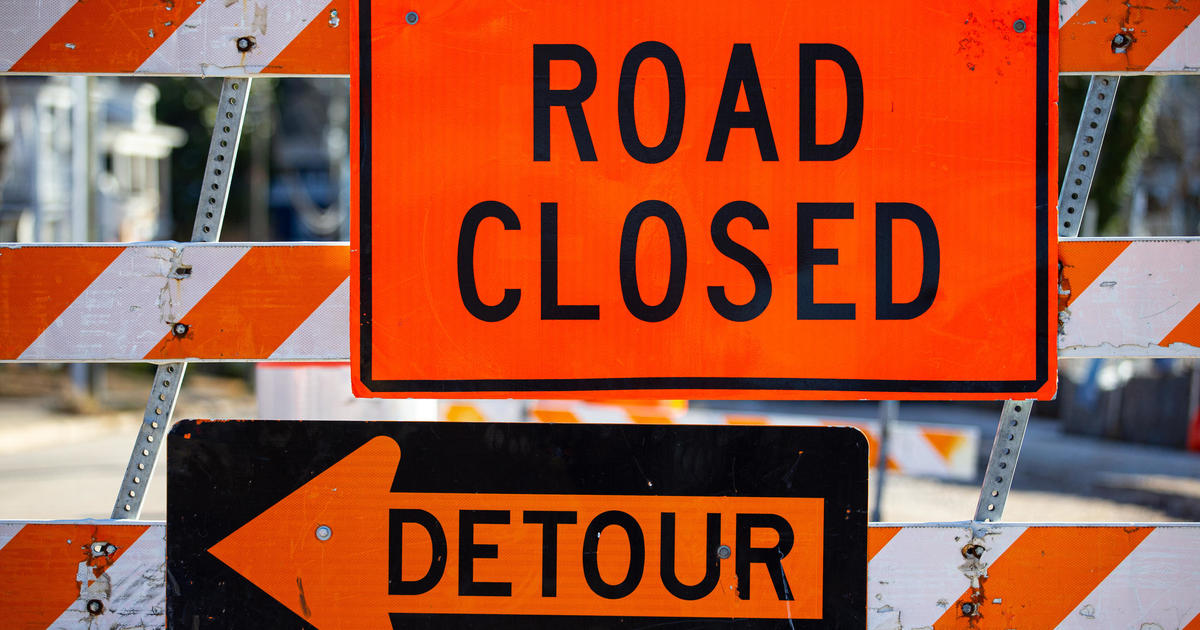3-Mile Segment Of Kalamazoo River Reopens
KALAMAZOO (WWJ/AP) - A stretch of the Kalamazoo River reopened for public use Wednesday for the first time since a massive oil spill fouled the southern Michigan waterway in July 2010, officials said.
The three-mile section is on the river's eastern end, near the location of a pipeline rupture that released more than 800,000 gallons of oil, Calhoun County health officer Jim Rutherford said Tuesday during a public meeting in Marshall.
"It's a symbol of the progress we've made," Rutherford told The Associated Press in a telephone interview. "But we're not basing decisions on anything other than science, and we're confident that this stretch of the river is ready to reoccupy."
After receiving an analysis from experts around the end of May, authorities will determine when to reopen an additional 25 to 30 miles of the river - about three-quarters of the area that was affected by the spill, said Ralph Dollhopf, coordinator of the U.S. Environmental Protection Agency team overseeing the cleanup.
Federal officials are still investigating what caused the leak of the pipeline operated by Enbridge Inc., based in Calgary, Alberta. The Canadian company has estimated its cleanup cost at $700 million. The 30-inch pipe runs from Griffith, Ind., to Sarnia, Ontario.
Oil spilled into the Kalamazoo River and Talmadge Creek near Marshall, about 60 east of Grand Rapids.
EPA's efforts over the past year have focused largely on removing submerged oil from a roughly 200 acres of river bottom, using boats and heavy equipment to jolt the oil to the surface, Dollhopf said. The agency will change tactics this year by installing structures that will capture oil as it flows naturally with the current.
"It's a more passive technique that will require less personnel and equipment," he said. "It will provide more opportunities for us to let the public return to the river even as we are cleaning it up over the long term."
The Michigan Department of Community Health anticipates no long-term hazards to humans from the spill, said Linda Dykema, an agency toxicologist. People who touch residual oil should wash with soap and water to avoid skin irritation, she said.
Tests have turned up no oil in drinking water wells near the river or elevated levels of oil-related air pollution, Dykema said. Fish samples taken in 2010 showed no signs of contamination and officials are awaiting analysis of data from other fish examined last year.
Catch up on the Kalamazoo River oil spill, here.
TM and © Copyright 2011 CBS Radio Inc. and its relevant subsidiaries. CBS RADIO and EYE Logo TM and Copyright 2011 CBS Broadcasting Inc. Used under license. All Rights Reserved. This material may not be published, broadcast, rewritten or redistributed. The Associated Press contributed to this report.



